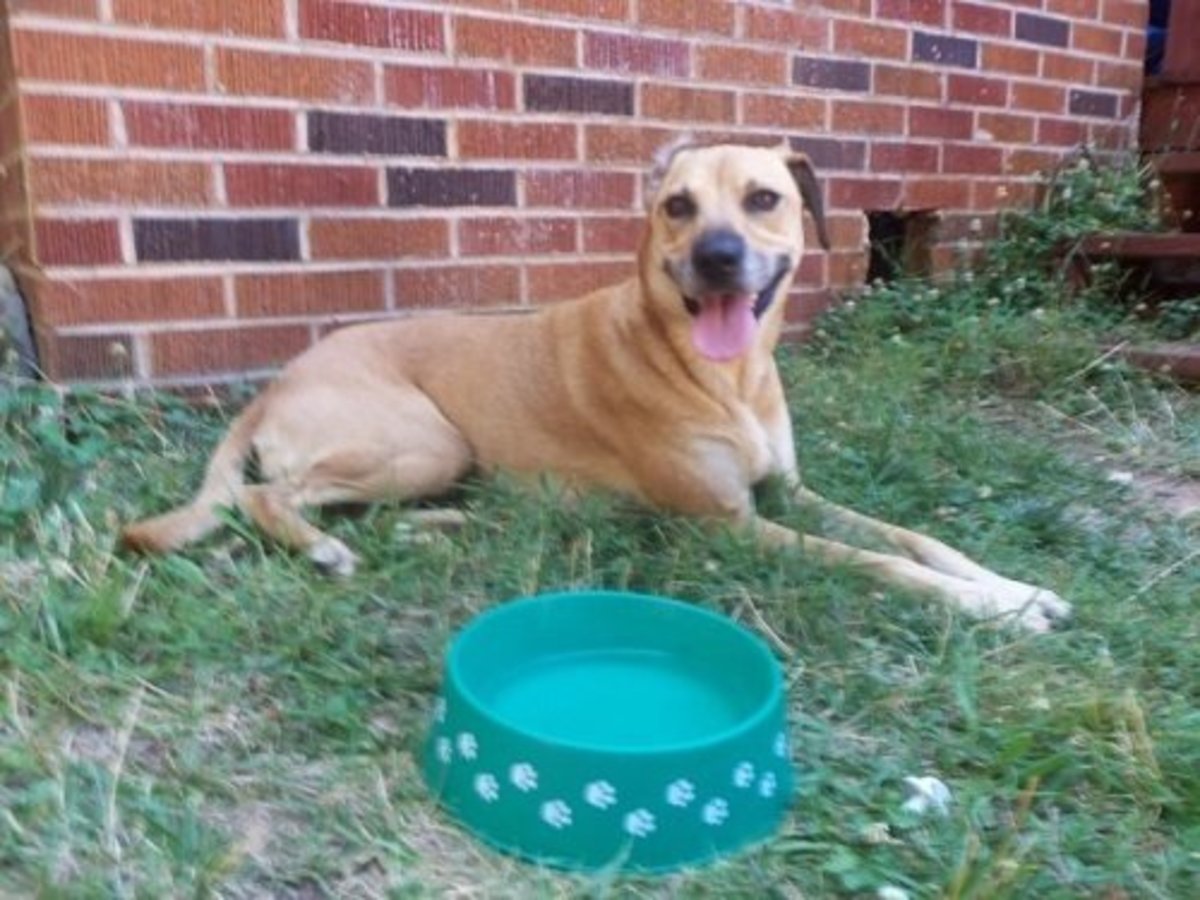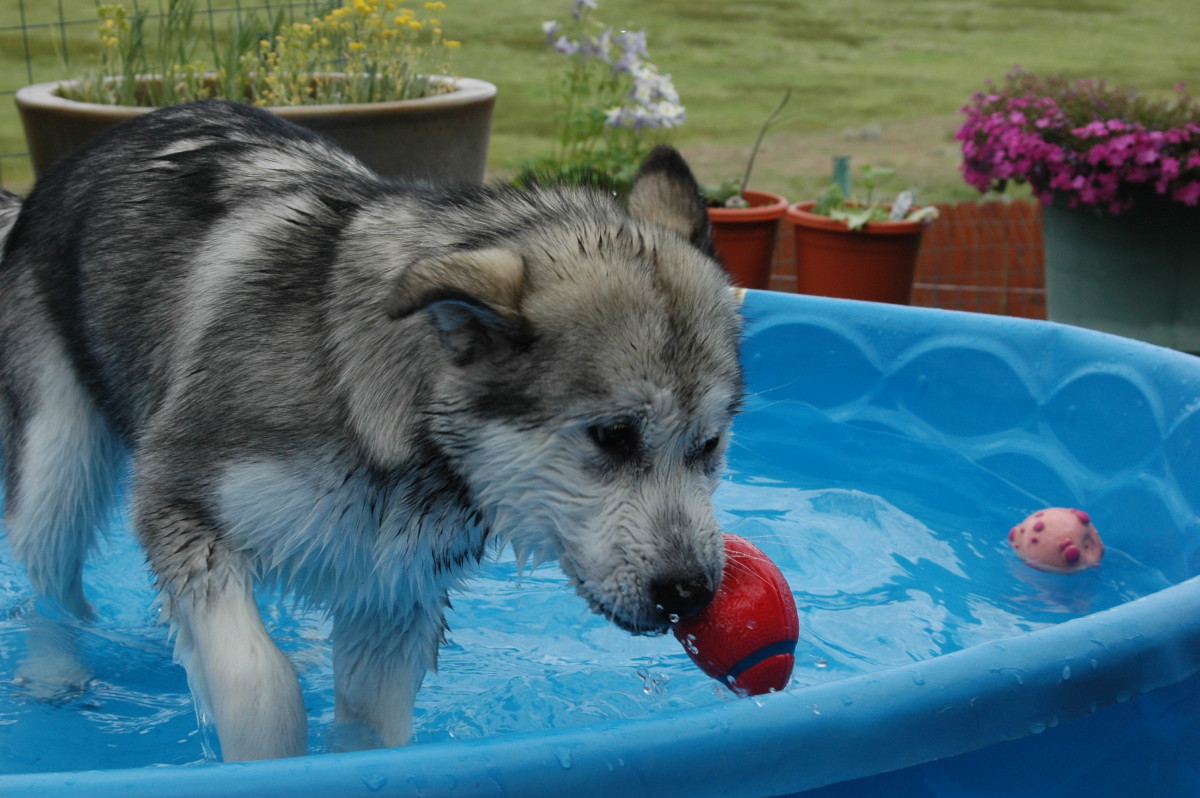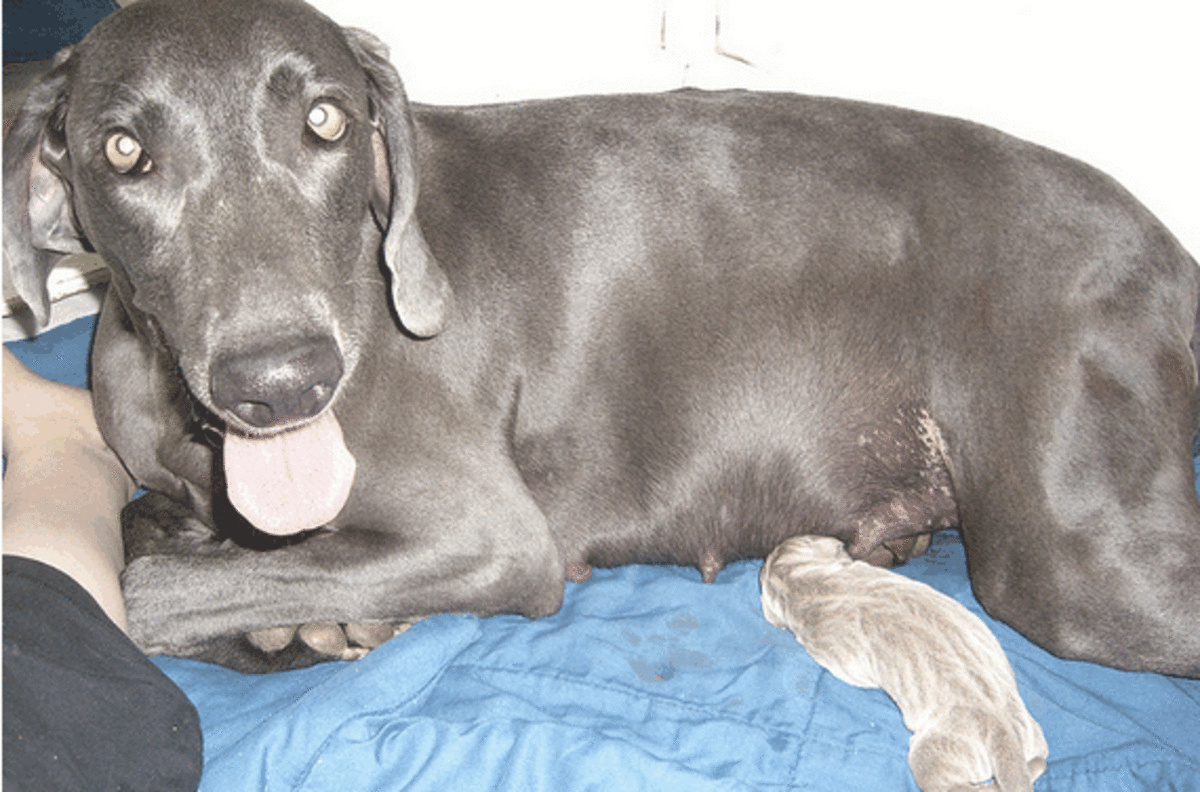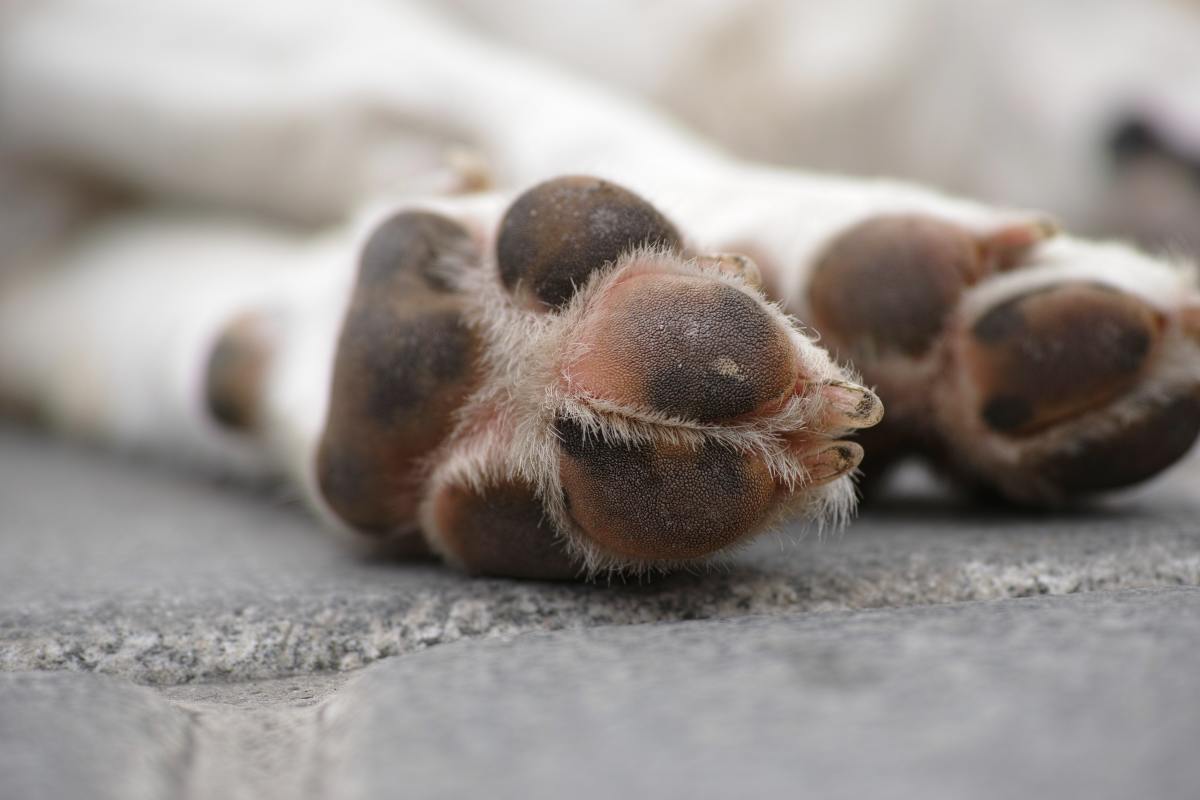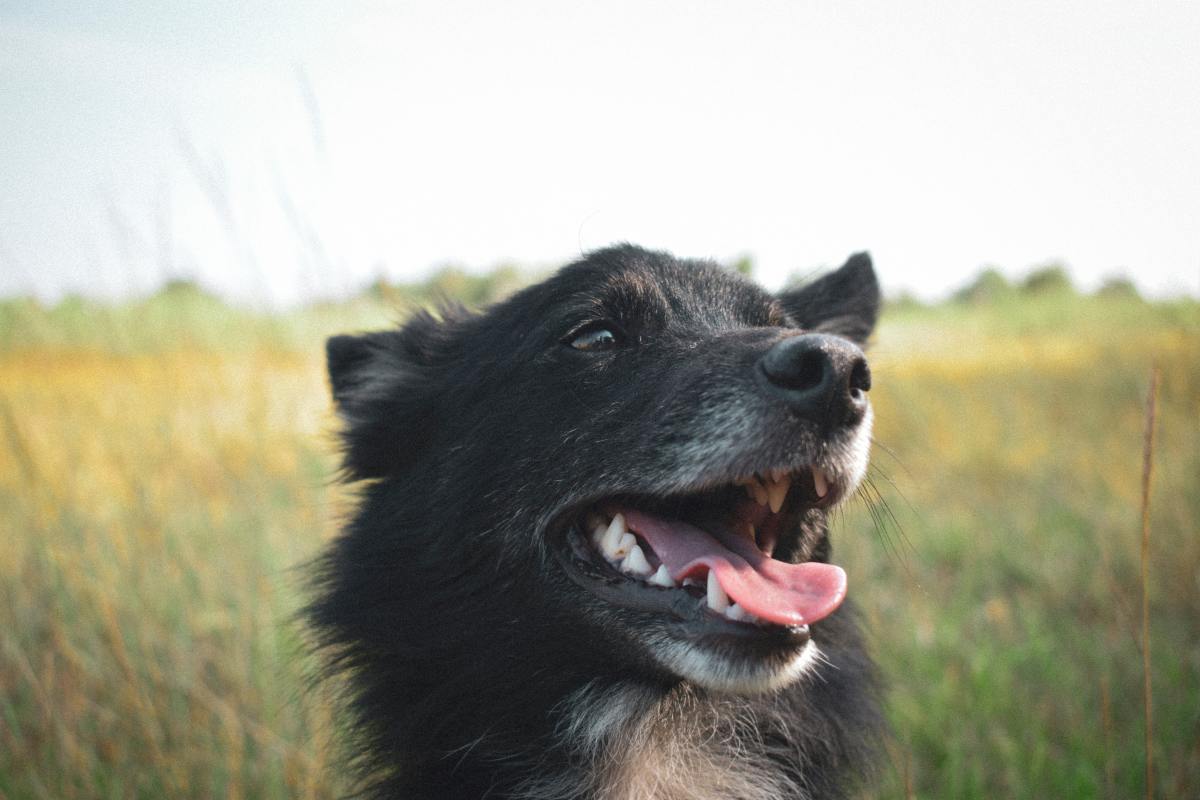How to Protect Your Dogs from the Dangers of Summer Heat
Dogs in Hot Weather
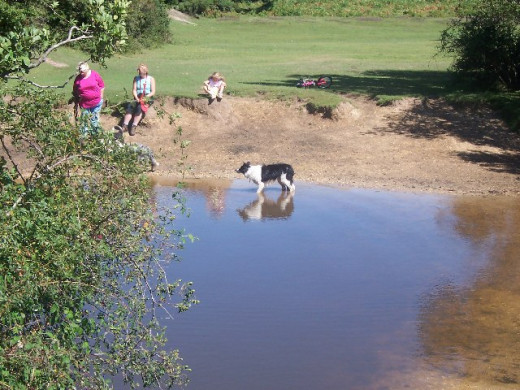
Dogs in Hot Weather
Dogs in hot weather need our protection. While we may not give it too much thought, dogs are much more sensitive to heat than us humans. Canines are not efficient at sweating, and so they are more susceptible to having problems in the summertime and in warm temperatures. Dogs in hot weather need protection so they do not suffer from heat related conditions. There are many ways to help you dogs in hot weather, using common sense and information from this article, you can help your dogs be happy and healthy in all weather and temperatures.
Why Do Dogs Pant?
Dogs in hot weather have a tough time keeping themselves cool. People have sweat glands all over their bodies. dogs only sweat from a few places.
They sweat from their feet and from their panting tongues. A dog’s tongue does not have sweat glands. When a dog pants, they move air across their mouth cavity. Their saliva helps cool them off through this evaporation process. As a dog pants, the air flows inside their mouth, the moisture gets carried into the lungs and as the air evaporates, the dog dog begins to feel cooler.
Why Do Dogs Pant?
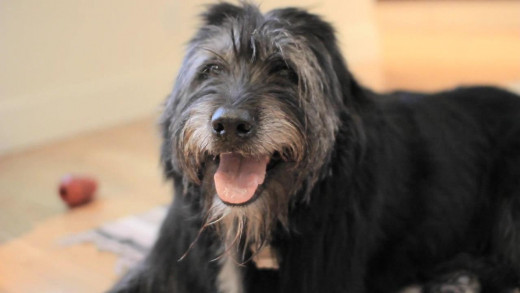
Canines have blood vessels in the face and ears that will expand as heat is dissipated and this causes the expanded blood vessels to flow closer to their skin surface.
During hot days, it is important to make sure your dog has access to fresh cold water all the time. Putting ice cubes in the water will help it stay colder longer. Let your dog find a comfortable spot in the shade. Let them play in a kiddie pool. Set up a wet towel for your dog to lay on. Put a pan of ice in front of a fan to help cool them off. Dogs get cool from the bottom up so be sure to spray their stomach and paws with water to help them feel cooler. Digging may be a last resort to help your dog stay cool.
The Cooling Mechanism of Dogs in Hot Weather Can Get Overwhelmed
Your dog in hot weather needs protection from the heat. When their body temperature goes up, their cooling mechanisms get overwhelmed.
The severity of the heat injury can range from mild or moderate temperature increase to life threatening.
Mild temperature increase is called heat stress or heat prostration (body temperature is 103 to 105 degrees fahrenheit).
Potentially life threatening condition is known as heat stroke (body temperature is 106 degrees fahrenheit and higher).
Dogs in hot weather need to be protected from being overheated.
What Happens to Dogs in Hot Weather?
Dogs are subject to hyperthermia, overheating, which can lead to heat stroke. The normal temperature of a dog ranges from 100.5 to 102.5. If their temperature reaches 105 or106, they can get heat exhaustion.
Heat stroke occurs at 107 degrees fahrenheit. A dog who suffers from heat stroke can have nerve damage, brain damage, heart problems, liver damage and may not survive. If it does survive, long term problems may exist.
A dog can suffer from heat stroke within minutes. As a dog get hotter, their ability to regulate their body temperature becomes more difficult. If their respiratory tract can’t reduce their heat fast enough, their internal temperature rises, oxygen to their system can’t keep up with the demand from the elevated temperature.
When the lungs can’t keep up with the build up from the heat, the dog needs help to cool down to lower their body temperature. Dogs with darker coats absorb more heat than dogs with lighter coats. Overweight dogs are more prone to dehydration.
How to Tell if a Dog Gets Overheated
You can tell if a dog gets overheated, when they act sluggish, or confused. Their tongue and gums may be bright red, or a muddy pink, not the normal pink. They will be panting hard. A dog that is overheated will drool excessively. They will appear lethargic.They may have a different or wild expression in their eyes and may be bloodshot. If you lift the skin of an overheated dog, it won’t spring back quickly.
If the dog vomits, collapses, has a seizure, it can even go into a coma. This is an emergency situation. Pour water on them, use a hose, or buckets to begin the process of getting them cooled off, and get them to the veterinarian immediately. Keep them covered with cool wet towels and spritz them with cool water. Avoid using ice cold water, the shock will be too great. Make sure to run the water over their groin area because there are numerous blood vessels in that area and will hlp cool the dog off quicker. Make sure the dog is in a shady area, with lots of ventilation. When you transport the dog, do not use an enclosed crate. Don’t cover the dog with a wet towel, it can restrict evaporation which will help the dog feel cooler. Water that is too cold will cause the blood vessels in the skin to constrict and stop the proper flow they need to cool down.
Dogs in Hot Weather and Their Fur
Be a smart pet owner. It is easier to prevent heat stroke than trying to treat it.
- Never leave a dog in a car to avoid heatstroke. Dogs with pushed in short noses such as pugs, boxers, and bulldogs are more prone. Even 30 minutes in the heat may be too much for your dog.
- Shaving a dog’s fur may not help keep them cool enough, and may make them vulnerable to sunburn. In the cold weather, a dog’s fur traps the air and creates insulation. In the hot weather, the dog’s fur works similarly.
The blood vessels dilate and helps exchange the heat with the trapped cooler air that sits in the fur. Different breeds are more efficient at trapping air depending on the type of coat they have.
Ironically, it is the short haired breeds that have less ability to trap the air and are more susceptible to overheating. Dogs with double coats, like retrievers, and long single coated breeds can trap the air and their coats help in the cooling down process more efficiently. Short haired dogs when hot, can be wet all over to help them cool down.
Dogs with double coats or long single coats only need to be wet by their groin area. The water on their fur can actually get trapped and increase their skin’s humidity and make the dog feel hotter.
Dogs Always Need Fresh Water Available
To keep your dog cool at all times
- keep a water bowl filled with cold water always available
- add ice to the water bowl
- rinse the dog’s paws in cool water
- make sure there is a shady spot the dog can sit in to get out of the sun
- keep your dog relaxed and avoid exercising them in the heat
- never leave your dog in a car even with the window open slightly
It is important to understand how quickly your dog can suffer from dehydration, sunburn, and overheating because dogs are not efficient at keeping themselves cool. The normal body temperature of a dog is between 100 degrees fahrenheit and 102 degrees fahrenheit
Dogs are not efficient at keeping themselves cool. This makes them more susceptible to overheating. They sweat from their nose and from the pads at the bottom of their paws. A dog cools themselves by panting and by drinking water. This is why is it so important to always have cold, fresh water available for them to drink from. It is advisable to bring your dog inside when the weather is hottest, and to make sure they have a shady place to rest. Keep the water in the shade too, to make sure the water does not get hot either.
Signs of Heat Stroke
A dog is prone to heat exhaustion, which is commonly caused by dehydration, and becoming overheated while running or from excessive exercise when the weather is hot.
Heatstroke happens when a dog’s temperature stays too high for an extended period of time. Heat exhaustion and heat stroke can lead to organ damage, brain damage, heart failure and worse. Dogs with short noses, thick coats, puppies, older dogs, and dogs with health issues like respiratory and cardiovascular issues , need to especially be protected from the heat.
Signs of heatstroke in dogs:
- panting hard and heavy
- walking unsteady
- rapid heartbeat
- looking dazed
- listlessness
- restless
- gums or tongue are dark red or purple
- vomiting
If you think your dog is suffering from heat related problems, get them to a shady area, or in an air conditioned room. Apply cold packs to their head, belly, or neck. Another option is to set them in cool, not cold water and let them lick small amounts of ice cubes. Then take them to the vet immediately.
Certain Dogs in Hot Weather Are More Prone to Heat Stress
These dogs in hot weather, are more prone to having issues with the heat:
- Large double-coated breeds like the chow chow are particularly susceptible.
- Dogs bred for cold climates such as Malamutes, Huskies, American Eskimos and Newfoundlands usually do not do well in the heat and humidity.
- Dogs with shorter faces such as bulldogs, pugs, shar-peis and Boston terriers have less ability to cope with a heat load due to their short and narrow respiratory systems.
Heat stress can happen very quickly. It can sometimes take only a few minutes. In extreme weather, take extreme cautions to protect your your dog from the heat.
Never Leave Your Dogs in a Car
Dogs in hot weather, should never be left in cars.
Even if the windows are left open a little bit or you park in the shade, heat gets trapped inside the auto and makes the temperature so hot, it becomes unsafe for your dog. For example, when the temperature is 85 degrees outside, the temperature in the car can reach 102 degrees within 10 minutes, and that is with the car windows open slightly.
When you understand a dog is inefficient at cooling themselves off, you can understand the peril leaving them in a car will put them in.
If you are in doubt about whether you should leave your dog in the car... don’t.
If you see a dog left in a car by themselves get the dog help fast.
If you must leave your dog in the car while you do a quick errand, leave the car running with the air conditioning on, lock the doors and use your spare key to get back in the car when your errand is done. But make sure your errand is done quickly, leaving a car running is not the best for the environment or your gasoline budge, or for the potential of your car and dog being stolen. .
If you love your pet, don’t leave your pet in the car, it’s that simple.
Emotionally, we love them as people, but biologically they are different than we are. We need to make sure we care for our furry friends by doing what is in their best interest, not our own.
When a dog is left in a closed car on a hot day the moisture that evaporates from the dog’s tongue goes into the air in the car. The air becomes moister, more humid and damper and makes the process of evaporation ineffective. The dog uses more and more energy to pant and keep itself cool, the environment stops the evaporation and cooling process. Even with the windows slightly open, the movement of the air becomes stifling for the dog.To prevent heat stroke: avoid taking long car rides on hot days. If you take your dog, keep the windows open as far as possible, without the risk of your dog jumping out. You can also cool the car down with the air conditioner. Before you bring your dog into the car, keep the a/c on the entire trip. Never leave your dog alone in the car. Provide fresh water on a constant basis.
Dogs in Hot Weather Always Need Fresh Water
Dogs Are Not Efficient at Keeping Cool
Dogs are more prone to heat stroke due to warmer temperatures, humidity, high body mass and being overweight, physical activity, anxiety, dehydration, poor ventilation. Short nosed breeds and older dogs are especially predisposed to the dangers of heat.
A dog's internal thermostat and a human’s thermostat are located in the brain. It is this internal thermostat that keeps a dog’s temperature in the range of 38.3-38.7C. When a dog becomes hot the thermostat send messages to different areas of the dog’s body to help the cooling down process.
A dog’s heart starts to pump more rapidly which makes the dog breathe faster and start to pant. A dog will extend their neck and their head to help maximize the cool air that goes up and their nose and the warm air exhaled through their mouth.
A dog’s tongue become flushed and the process of evaporation begins. The air that passes ove the tongue cools the blood in the tongue. The saliva and moisture on the tongue evaporates and this helps cool the dog in hot weather.
Drinking water helps them to feel cooler as does sitting in a shaded area. Healthy dogs can keep their temperature within normal range in warm weather.
Older dogs, and dogs affected by congestive heart failure, among other issues may not be able to sufficiently maintain a proper body temperature in the heat.
Boxers, pugs, bulldogs, shih tzus, and other short nosed breeds are not as efficient at cooling themselves. The heat can affect them faster than dog breeds with longer snouts. Dogs who have naturally thicker coats are also less efficient at keeping themselves cool in warmer weather.
Walking Dogs in Hot Weather
Walking Your Dog in Hot Weather
If you must take your dog for a walk on a hot day, use caution:
- try to take a walk in the woods with dirt paths, which will be cooler than pavement, and shadier because of the trees.
- keep the walk short, bring water and portable water dishes or drinking bottles for your pet
- If you do walk on asphalt, put hand on the pavement and if after leaving it there for 30 seconds, it feels too hot for you, it is too hot for your dog too.
- Your dog’s paws help regulate your dog’s temperature and can increase the heat effect and can make it unsafe for them to be outside.
Dogs Can Get a Sunburn
Too much exposure to the sun can potentially give your dog a sunburn. Lightly colored coats and white colored dogs are especially prone to sunburn.
The effects are similar to human, long term sun exposure can lead to skin damage and even skin cancer. Common areas include the ears, nose, and eyelids.
Be on the lookout for any type of skin discoloration or if sore appear on their skin, it may be a good idea to take your dog to your veterinarian for a check up.
Dogs in Hot Weather are Prone to Sunburn
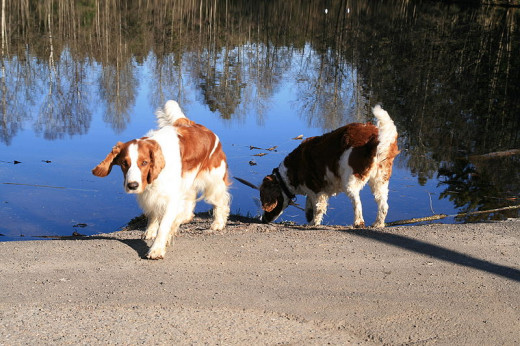
Protecting Your Dog in Hot Weather is Your Job
Dogs react to hot and to cold weather differently Dogs in hot weather just don't go together. Our dogs are our friends. They rely on us to do the best thing for them at all times. Heat stress is something that is avoidable. You can protect your dog in hot weather. Take care of your dog and his loyalty and devotion he will show you will be your greatest reward.
More Articles About Dogs
- Dogs and Cold Weather - How Dogs Stay Warm - It is M...
The Amazing Fur of Dogs Most dogs do well in cold weather. Most canines that live in cold weather areas have thicker coats and are larger dogs. But there is more than just their fur that helps them stay warm. Dogs do well in cold weather, in... - Peoplality: Big 5 Personality Traits and Their Pets
Every aspect of our lives has a connection to our personality. From the clothes we wear, the profession we engage in, and even the pets we love say something about our personality. A common theory about personality is known as the The Big 5... - Can Animals Predict Natural Disasters: Petology - th...
Do animals have a sixth sense to be able to predict earthquakes? Earthquakes, tsunamis, volcanic eruptions, hurricanes, tornadoes, landslides, forest fires, storms, and the list goes on. These are the natural disasters that make headlines too often.. - Dogs and Cold Weather - How Dogs Stay Warm - It is M...
The Amazing Fur of Dogs Most dogs do well in cold weather. Most canines that live in cold weather areas have thicker coats and are larger dogs. But there is more than just their fur that helps them stay warm. Dogs do well in cold weather, in... - Dogology: Dogs Uncanny Intelligence
Dogology: Dogs Uncanny Intelligence and Social Behavior In this article: · Dogs behavior and their natural social instinct · Apes vs Dogs · Dogs sensitivity towards people · Evolutionary Explanations · What people can learn from...





